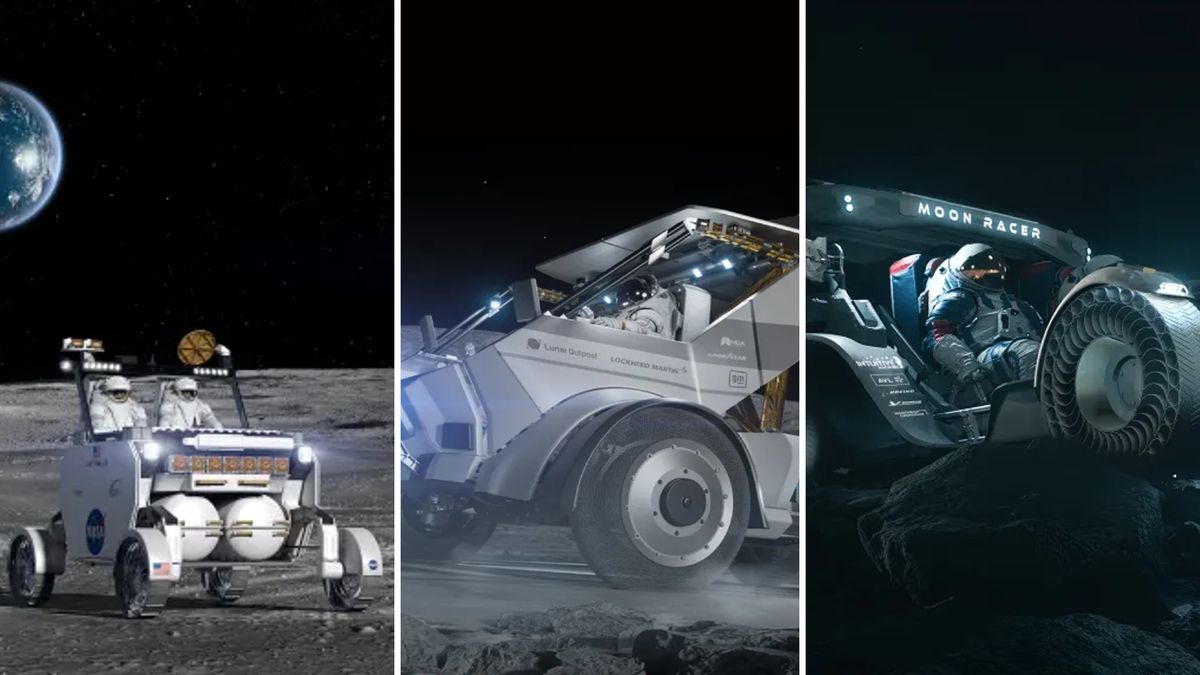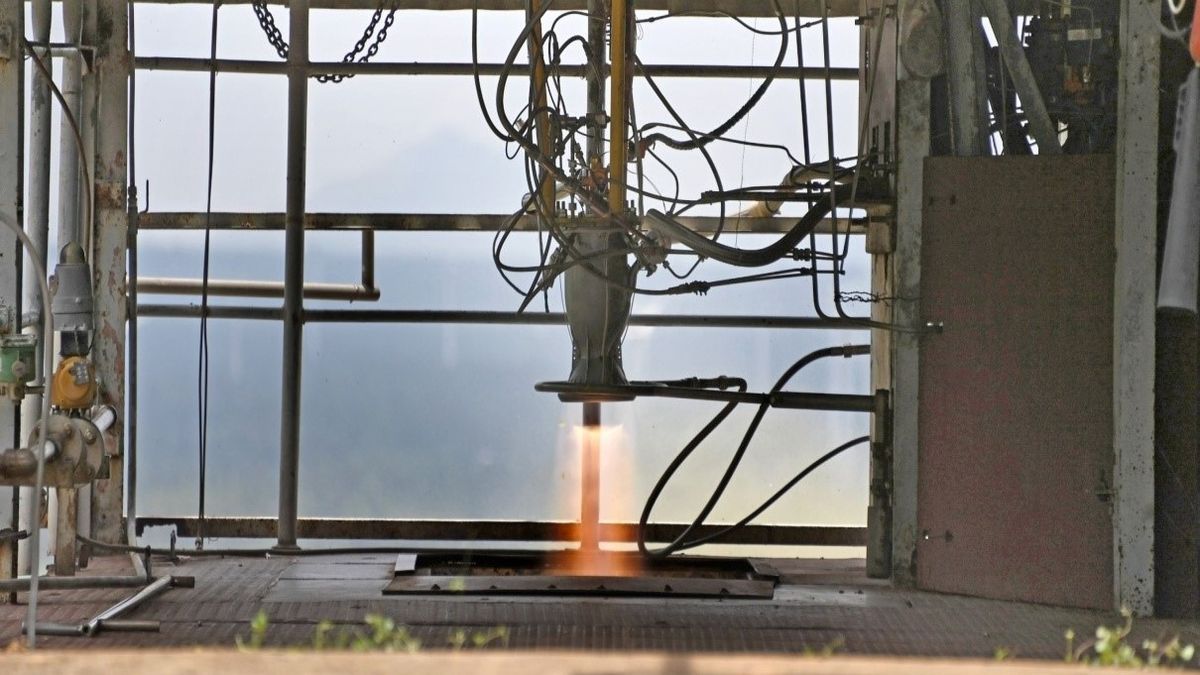NASA’s Next Moon Car Development
NASA’s endeavor to create a new Lunar Terrain Vehicle (LTV), the rover that will be utilized by Artemis astronauts in the moon’s southern polar region from 2030 onwards, is gaining momentum. Three private teams – Intuitive Machines, Lunar Outpost, and Venturi Astrolab – have been chosen to develop their versions of the LTV. Vanessa Wyche, the director of NASA’s Johnson Space Center (JSC) in Houston, expressed her anticipation for the project, highlighting the vehicle’s significant role in enhancing lunar exploration and scientific endeavors.
Development Plans
Each of the selected teams will work on refining their rover concepts over the upcoming year as part of a “feasibility task order” provided by NASA. Subsequently, they will have the opportunity to compete for another task order, involving the construction and deployment of their vehicle for a key demonstration before the Artemis 5 mission’s launch in March 2030. NASA aims to make an award to a single provider for this demonstration, with additional task orders planned to cater to the agency’s moonwalking and scientific exploration needs till 2039.
Contrary to common perceptions, NASA will be procuring rover services, rather than the physical LTV(s), under a similar framework to its agreements with SpaceX for cargo and crew transport to the International Space Station. The total potential value of the LTV services contract stands at $4.6 billion for all recipients, with responsibilities extending towards both the construction and transportation of the rover to the moon’s south polar region.
Innovations and Significance
The upcoming LTV represents a significant advancement, being the first moon vehicle of its kind for the United States since the renowned Lunar Roving Vehicle deployed during the Apollo 15 mission in 1971. While resembling its predecessor in certain aspects, such as being unpressurized and designed as a two-person vehicle, the Artemis car brings forth distinctive features like autonomous mobility, setting it apart from its historical counterpart.
Notably, the LTV’s design will facilitate both crew-driven and uncrewed scientific exploration phases, reminiscent of NASA’s successful Mars rovers, Curiosity and Perseverance. The vehicle’s versatility is envisioned to enable continuous scientific investigations on the lunar surface even in the absence of human presence.
Future Prospects
The focus of the LTV project is concentrated around the moon’s south pole, an area earmarked by NASA for the establishment of potential Artemis bases. This location is believed to harbor substantial reserves of water ice, which could prove instrumental in sustaining astronaut life support systems and serve as a valuable resource for rocket fuel production.
NASA’s timeline for the Artemis program includes subsequent missions following the successful Artemis 1 venture, with Artemis 2 set to launch astronauts around the moon in September 2025. Artemis 3 is poised to mark the first crewed lunar landing near the moon’s south pole in the subsequent year, paving the way for extensive analyses and explorations.
Conclusion
The initiation of Lunar Terrain Vehicle development in 2020 has progressed significantly, with industry inputs and proposals shaping the imminent future of lunar mobility. Advancements in robotic technology, exemplified by successes like Intuitive Machines’ Odysseus lander that aced a soft lunar touchdown, underscore the promising trajectory of lunar exploration ventures.
Image/Photo credit: source url





